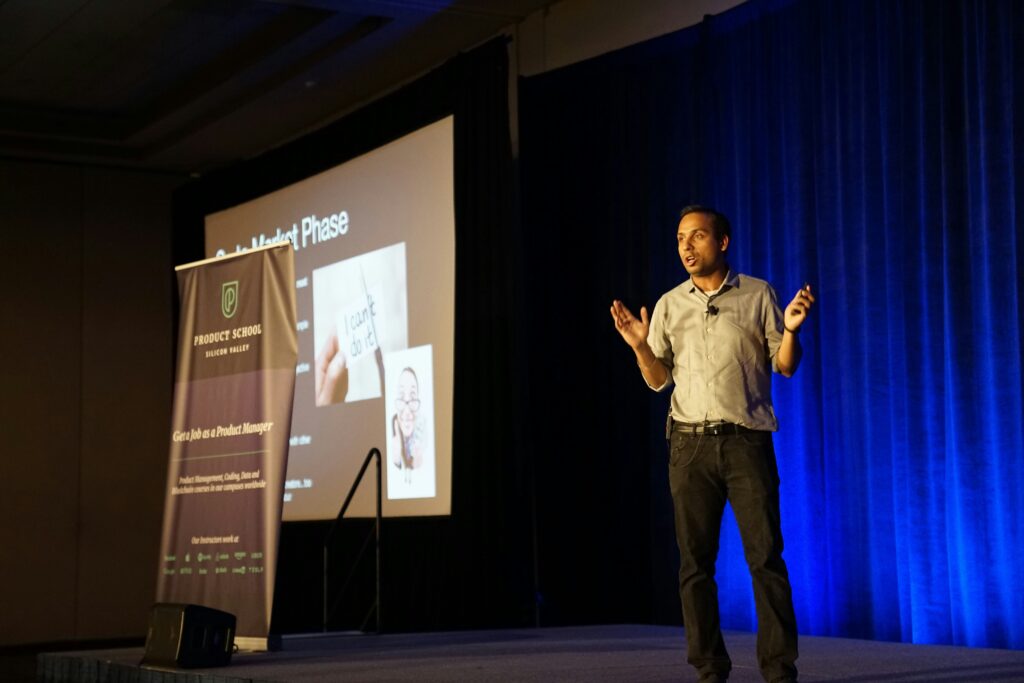This blog is part of a series. You can find the first one here.
Once you have built your analysis for example in the form of a dashboard, it is the time to share it with the stakeholders.
The best way to go here is to set up an ad-hoc meeting with them so that you can present your work, explain it to them so that you will enable them to go to the analysis by themselves and try it out.
When you present your work, always be mindful of your audience and their technical level: are they data savvy? Are they technical? What is their role? These considerations matter a lot, in particular to be able to give and present to them the most relevant information for them and in a way they would understand them better.
From my experience, when presenting your work it always helps to have built a document in google slide or powerpoint to start the meeting with, so that you can give a proper introduction and remind your stakeholders of the scope, the requirements and the business questions.

Then you can jump into demoing your work and what I find very important is making sure you have a story to tell with your work. I always try to have a persona to impersonate like a user of the dashboard (eg I am Adam, an account manager responsible for sales in Netherlands and Belgium) and then tell the story of their challenge (eg Adam is trying to understand why he is not performing well this quarter in the Netherlands) which then they solve through data (eg Adam realises he is applying too much discount on some products) and then establish their next action based on the insight (eg communicate with the branch selling those products and inform them of reducing/ removing that discount).
Moreover, you should always aim for simplicity and clarity, and try to go straight to the point.
Allowing time for feedback and q&a at the end of the meeting (or during the meeting – depends what you prefer) it is also important. They could still add some more feedback later on after your meeting, but think of this as a moment of discussion, so it is good to take the needed time for it.
While you were working on the analysis, you might have discovered some extra things that were not part of the scope but they seemed interesting for you and you want to show them to your stakeholders. You definitely should! This could turn into the next phase of work or they can bring up new questions that were not thought of before.
Please follow this blog series if you are interested to drill down more into each topic.
Reach out if you want to learn more on how we can help your organization.


